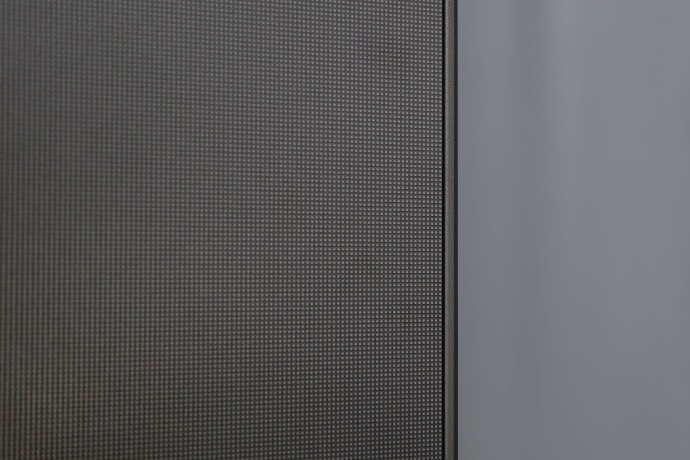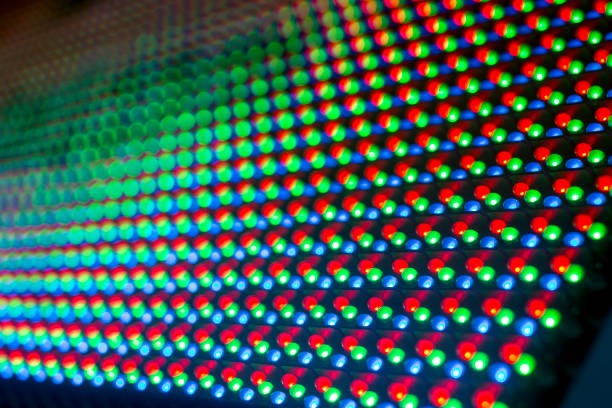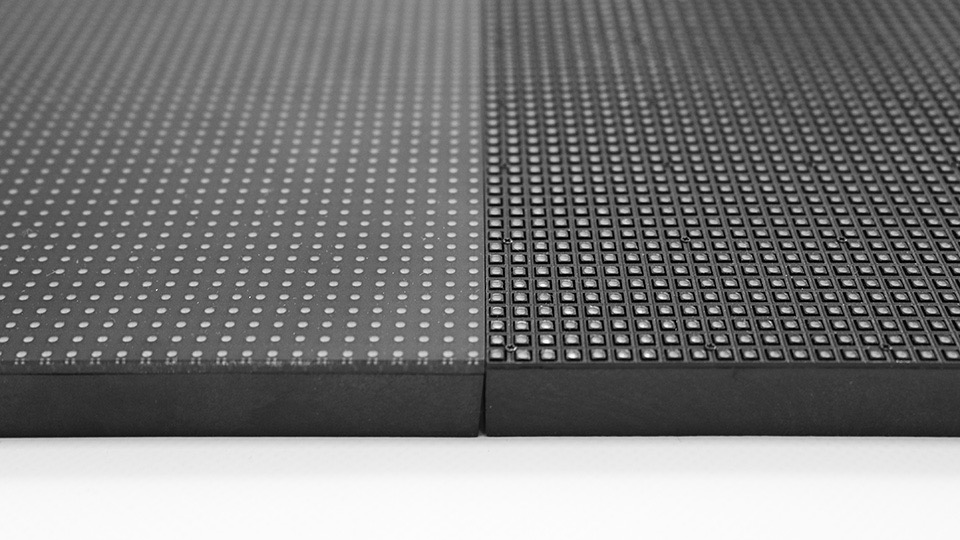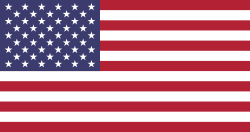When choosing the right screen technology for your project, it is important to understand the difference between SMD (Surface-Mounted Device) and COB (Chip On Board). Both technologies have unique characteristics that make them suitable for different applications, whether for indoor or outdoor use.
LED
SMD & cob explained

COB ( Chip-on-board)
COB technology consists of many small LED chips that are mounted directly onto a surface, resulting in an extremely high pixel density.
This provides very sharp and detailed images, making COB perfect for environments where high resolution is a requirement, such as conference rooms, retail stores, or control rooms. COB screens also offer a wide viewing angle, ensuring image quality is maintained even when you're not standing directly in front of the screen, making them optimal for close-ups and detailed presentations.
COB technology differs from other LED technologies in the way the LED chips are mounted. Instead of using individual diodes (as in SMD), thousands of small LED chips are mounted directly onto a circuit board in tight clusters. This creates a unified light source or pixel, rather than separate diodes. The LED chips are integrated into one structure, allowing the technology to pack more LEDs into a smaller area, resulting in high pixel density.
Examples of applications: Conference rooms, retail stores, indoor environments.
SMD (Surface-Mounted Device)
SMD screens use individual diodes that are mounted directly onto the circuit board, creating pixels that can produce red, green, and blue light from the same unit. This results in vibrant colors and high brightness, making SMD the best choice for outdoor environments.
SMD technology uses individual light-emitting diodes that are mounted directly onto the circuit board. Each SMD pixel consists of three separate diodes—one red, one green, and one blue—that combine to produce a wide range of colors. This makes SMD technology highly efficient for screens where bright, vivid colors are important. Unlike COB, where LED chips are densely packed on a surface, SMD diodes are mounted separately, allowing for more flexible configurations and screens in different sizes.
SMD technology screens offer high brightness, ensuring that the screen is visible even in direct sunlight. Additionally, they are durable and weather-resistant, guaranteeing protection against dust and water.
Examples of applications: Arenas, billboards, facades, and general outdoor installations.

Whats the difference?
The difference between COB (Chip On Board) and SMD (Surface-Mounted Device) technologies lies in how the LEDs are mounted and the characteristics they offer. COB technology consists of many small LED chips that are densely packed and mounted directly onto a surface, resulting in extremely high pixel density and highly detailed images. This makes COB screens ideal for indoor use, especially where high resolution and sharpness are crucial, such as in meeting rooms or retail stores. On the other hand, SMD technology uses individual LED diodes mounted on a circuit board. This provides strong brightness, making SMD screens perfect for outdoor environments, where they need to be visible in direct sunlight and withstand weather conditions. SMD screens are therefore more robust and suitable for large surfaces such as facades and billboards.

What to choose?
What suits your project best?
If you need a screen with high resolution for indoor environments where detail and sharpness are crucial, COB is the best solution. On the other hand, if you need a screen that can withstand the elements while providing good visibility in outdoor environments, SMD is the ideal choice.
COB technology is perfect for indoor environments that require high resolution, detail, and uniform light distribution. The high pixel density and wide viewing angle make COB screens ideal for applications such as meeting rooms, museums, and retail, where sharp images are essential. Although brightness may be lower than SMD screens, COB offers superior visual detail and energy efficiency.
If you are looking for screens for environments where high image quality is a priority, COB may be the solution that delivers outstanding results.
SMD technology is ideal for applications that require high brightness and durability, especially in outdoor environments such as billboards, facades, and stadiums. With strong brightness and robustness against weather and external impacts, SMD screens provide a reliable solution for projects that require visibility over long distances or in direct sunlight. Although pixel density is lower than COB, the flexibility in size and design makes SMD a versatile choice for both small and large screens.
If you need a screen that can withstand weather conditions while providing clear, visible images in all lighting conditions, SMD may be the best solution.
Examples:
SMD (Surface-Mounted Device) – Strong Brightness and Durability
Typical applications:
- Outdoor Billboards: SMD screens are perfect for large, digital billboards placed outdoors. High brightness ensures visibility in daylight, especially under direct sunlight.
- Facade Screens: Large buildings often use SMD screens to display advertisements, information, or art. These screens must withstand the elements, and SMD technology offers this durability.
- Stadiums and Sports Arenas: SMD screens provide high brightness and clear images over long distances, making them ideal for sports arenas where visibility over long distances is important.
- Concert and Stage Setups: Due to their high brightness and ability to adapt to large surfaces, SMD screens are often used in background displays at concerts and large events.
- Traffic and Information Displays: SMD is suitable for digital traffic signs and information displays that require visibility in varying light and weather conditions.
COB (Chip On Board) – High Pixel Density and Sharp Details
Typical applications:
- Conference Rooms: COB screens deliver crystal-clear images and high resolution, making them ideal for presentations in meeting rooms where details need to be precise and clear even up close.
- Control Rooms: In control rooms where monitoring and accurate information are critical, COB is the best choice due to the screen's ability to display highly detailed images and data.
- Stores and Showrooms: COB screens can be used for interactive displays or advertisements in stores, where high image quality and sharp details can attract customers and clearly showcase products.
- Museums and Galleries: COB technology provides clear and detailed displays that can be used in exhibitions to show artworks, information, or interactive elements up close.
- Cinemas and Home Theaters: In environments where details and image quality are important to the experience, such as in cinemas or home theaters, COB screens deliver an outstanding visual experience.
We are here to help you find the right solution for your project, whether you need high-resolution screens for indoor use or bright screens for outdoor installations. Contact us today for advice and guidance!


 Check out our LED screen products
Check out our LED screen products